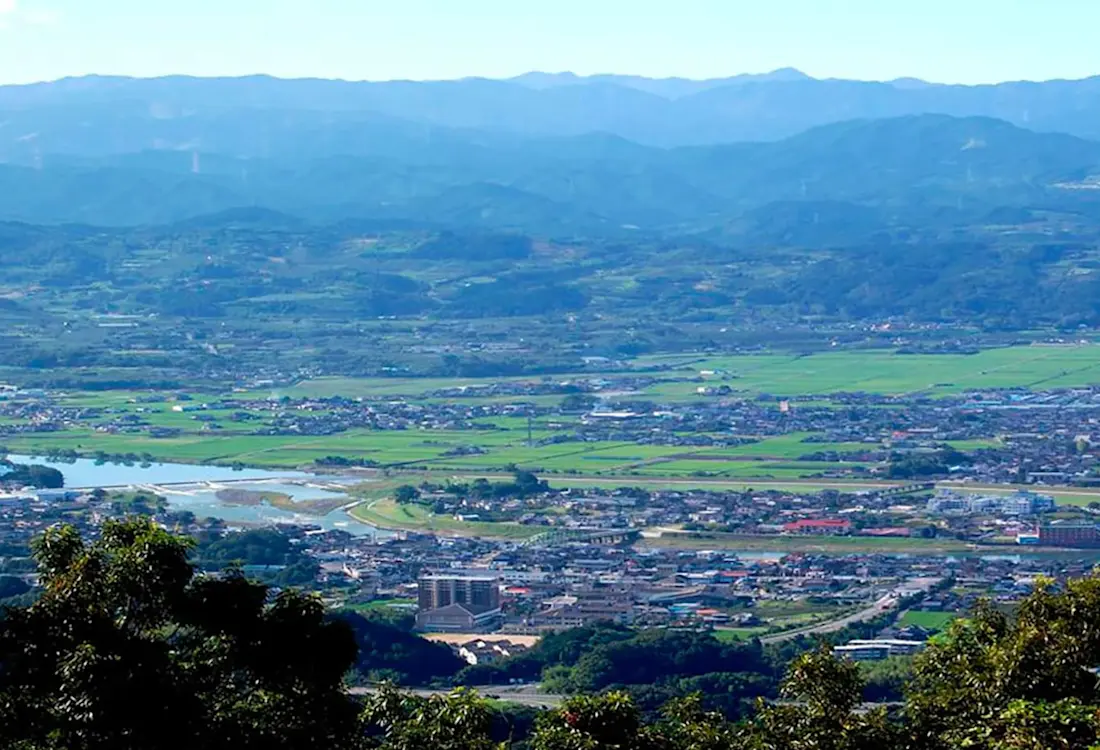
Discover
Fukuoka's fruit kingdom
Ukiha city is a “fruit kingdom” that boasts a 34% fruit proportion of agricultural output, far above the natural output (around 9%).In addition to being able to harvest fruit throughout the year, it is an area where one can enjoy seasonal fruit picking at tourist orchards.Why not experience the unique flavor of fruits grown in Ukiha city?
In Japan, there is an area with a similar climate to France’s wine producing regions such as Bordeaux and Alsace. A prominent national fruit-producing region, with year-round harvesting of strawberries, blueberries, peaches, grapes, pears, kaki (Japanese persimmons), and more. Known as the “fruit kingdom,” it is Ukiha city in Fukuoka prefecture.
Ukiha city, currently named “Ukiha Terroir”, introduces you to the seven great natural elements with which it is blessed. Terroir is a word that was born in France. It refers to the special geographical, topographical, and climatic features of a growing area, and it is used as a salient feature of wine. The seven natural elements of Ukiha are “topography,” “temperature,” “soil,” “wind,” “water,” “rain,” and “geography.” The blessings brought about by each of these elements brought about the unique natural features of Ukiha that is different from neighboring towns and fruit tree production areas, and have allowed it to take shape as a great production area for delicious fruits.

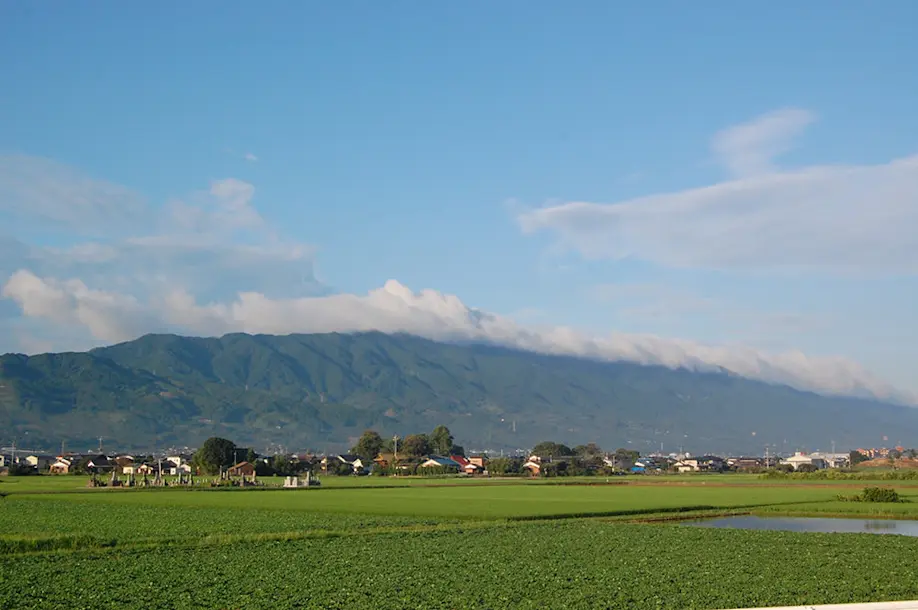
Ukiha city is the gateway through which the Chikugo River flows into the Tsukushi Plain, an area where fertile soil suitable for agriculture is formed by the eruptions of Mt. Aso and the overflow of the river. Stretching for 23 km to the south are the Mino Mountain Range, also known as the Byobu Mountains, protecting Ukiha city from typhoons and the like. The compound alluvial fan that spreads out at the base of the mountains formed 4 million years ago, and its salient features are excellent exposure to the sun, drainage, and water retention. In addition, the Chikugo and Kose Rivers provide topography that is well suited for fruit production.
With an exquisite temperature balance that is one of the factors that improve plant growth and quality, it is a temperature zone ideal for fruit growth. Fruits are protected from frost damage by an inversion layer which is created between the layers of cold air in the atmosphere and contains higher temperatures than the ground surface, and there is a large diurnal range that allows for firm fruit with depth of flavor.
The Aso caldera erupted four times between 300,000 – 90,000 years ago. From the geological formations in the area, there is an aquifer above the volcanic pumice ash which formed about 800,000 years ago interposed between layers of volcanic ash from Mt. Aso, which provides for a stratum with excellent drainage. Alluvial fans with good drainage are excellent for growing fruit trees, and the flooding of the surrounding rivers brought bountiful nutrients to the land.
In addition, the north side of the Mino Mountain Range is Japan’s preeminent gentle breeze belt. The breeze is an element that reduces fruit trees’ transpiration, promotes optimal photosynthesis, and promotes the growth of beautifully shaped fruit.
The mountain spring water is an alkaline earth carbonate water that has been filtered of impurities for over 50 years by the aquifer in the soil, and contains the rich mineral content of the rock. On the other hand, rainwater enables hydration of the fruit trees as well as temperature regulation, and on August afternoons there are showers that provide more than 5 mm/h of precipitation, allowing for suitable hydration.
In addition to the blessings of the natural environment, in the background of Ukiha city becoming a fruit kingdom, we also find the passion of the local people for agriculture. In 1952 the Nagaregawa Kaki Research Institute was established to study fruit tree cultivation technology, and in 1973 cold storage refrigeration was regularized, allowing for the large scale cultivation of kaki. In addition, an agreement was signed regarding the cultivation and processing of a new variety of seedless grape developed by Kyushu University, “BK Seedless,” and Ukiha was selected as a cultivation and diffusion zone.


Ukiha city, where fruit is grown year-round, can be experienced at the city’s tourist orchards where you can experience kaki harvesting as you pick fruit that can be taken home. Fresh-picked fruits are sweet and juicy, with an exceptional flavor unique to the region. Depending on the climate for the year, strawberries are from early January to mid-May, followed by blueberries from early July to late August, and peaches from mid-July to early August. Due to geographical conditions similar to France’s wine country, there are 47 varieties of grapes grown here, including Kyoho and Pione, beginning in mid-July. Pear season starts at the beginning of August through to the end of October, and kaki harvesting begins in the middle of October.
The fruit-picking system is simple. In the case of strawberries and blueberries, an entrance fee is paid to the orchard and the fruits picked inside are all-you-can-eat. In the case of bringing fruit home, the fruit is weighed and you settle up. Other fruits are, after an initial taste, for picking only. Eating inside the orchard is prohibited. It is an arrangement where harvested fruit is weighed and the settled amount can be taken home.
Contact the Ukiha City Tourism Association for reservation coordination with tourist orchards. The fruits grown in each orchard and their harvesting times vary, so please consult with the Association.

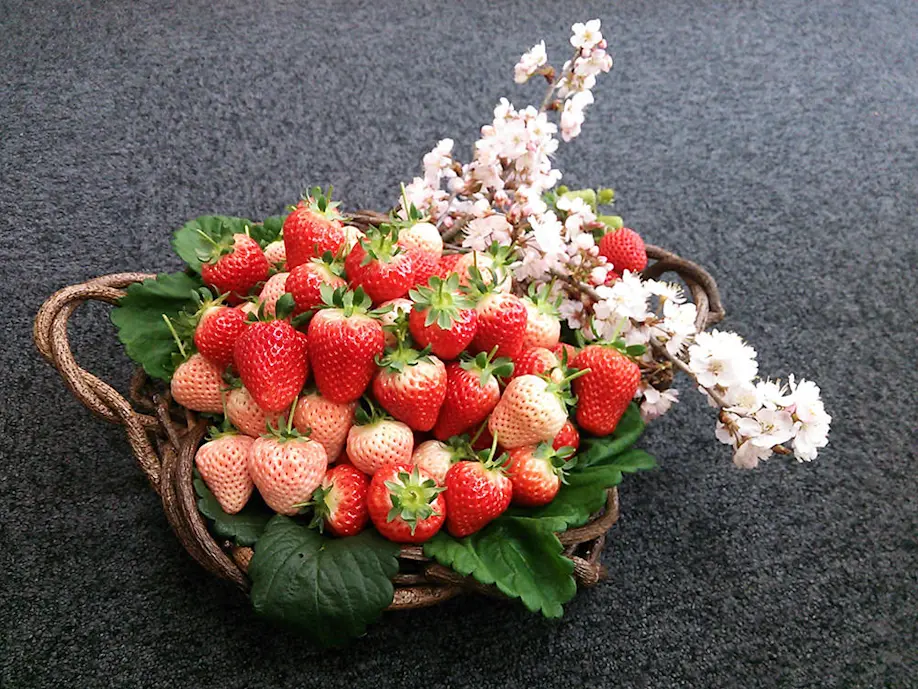
Coverage Cooperation – Ukiha City Tourism Association TEL 0943-77-5611
http://welcome-ukiha.jp
The smart way to enjoy picking fruit
1. Don’t eat inside the orchard.
Don’t eat anything other than the tasting fruits initially provided by the farmer.
2. Weigh and settle what you pick, and take it home.
After paying the entrance fee, all-you-can-eat fruits are strawberries and blueberries only (in case of taking them home they are weighed by the kg). Other fruit to be taken home is weighed by the kg.
3. Don’t throw fruit skins on the ground.
Fruit skins left on the ground of the orchard cause mold outbreaks. There is a rule against tossing fruit skins inside the orchard.
Kajiwara Fruits – Grapes, pears, strawberries
Takiuchi Grape Farm – Grapes, pears
Kawahara Dream Farm – Blueberries
Shunkoen – Grapes, pears, kaki
Hiro Farm – Grapes, pears
Yamandon – Grapes, pears, kaki, blueberries, strawberries
Meika-en – Pears, kaki, peaches
Ishii Farm – Grapes, kaki
YokamonStrawberry – Strawberreis
Nakashima Farm – Grapes, pears, kaki
Saichi En – Grapes, kaki
Horie Farm – Kaki
Seiju Farm – Kaki
Uchiyama Farm – Kaki
Funakoshi Farm – Kaki
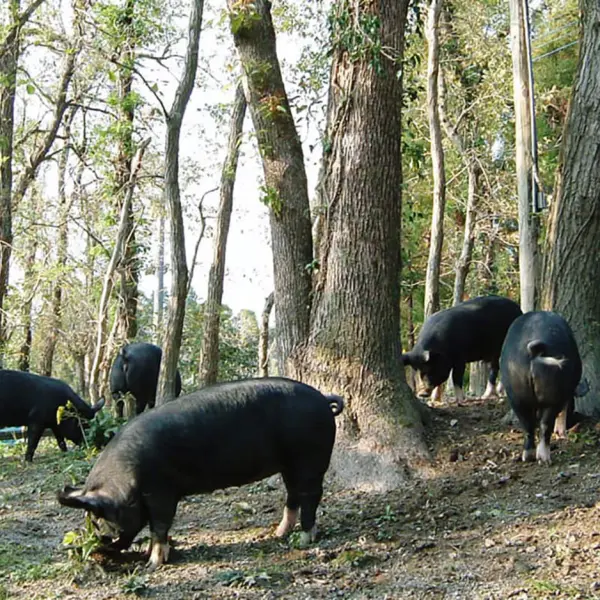 The delicious secrets of Kagoshima's free-range Kurobuta pork
The delicious secrets of Kagoshima's free-range Kurobuta pork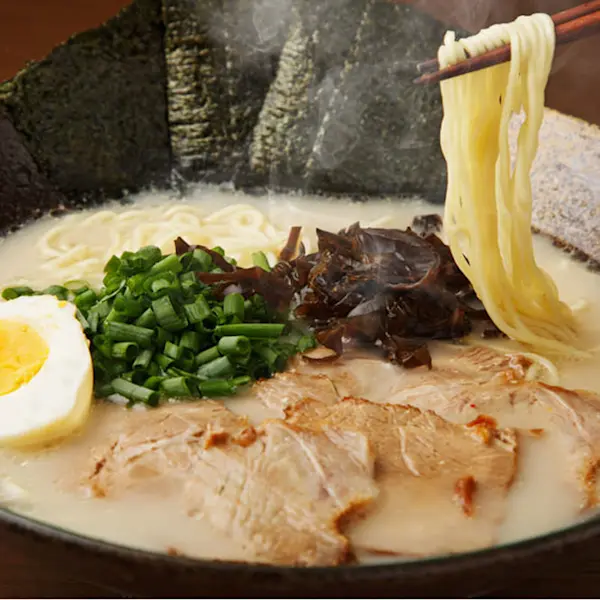 Everything You Need to Know About Fukuoka’s Famed Tonkotsu Ramen
Everything You Need to Know About Fukuoka’s Famed Tonkotsu Ramen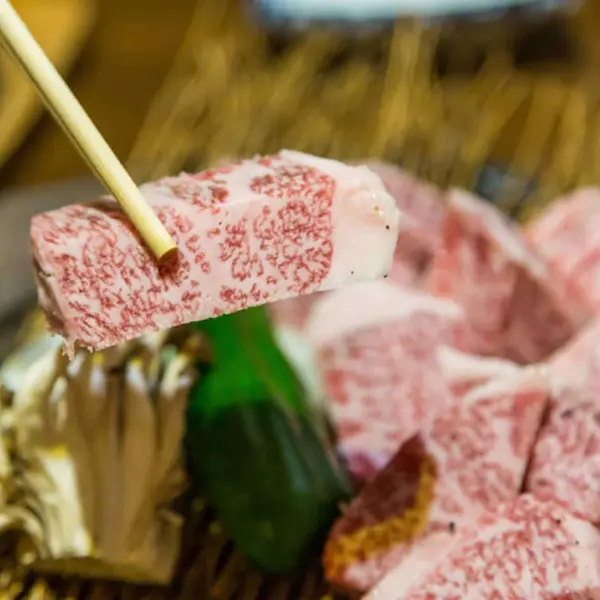 Saga Beef: Wagyu To Remember
Saga Beef: Wagyu To Remember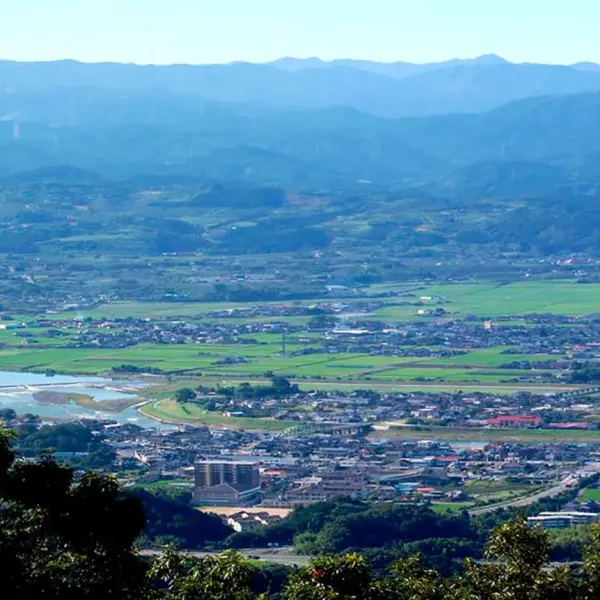 Discover Fukuoka's fruit kingdom
Discover Fukuoka's fruit kingdom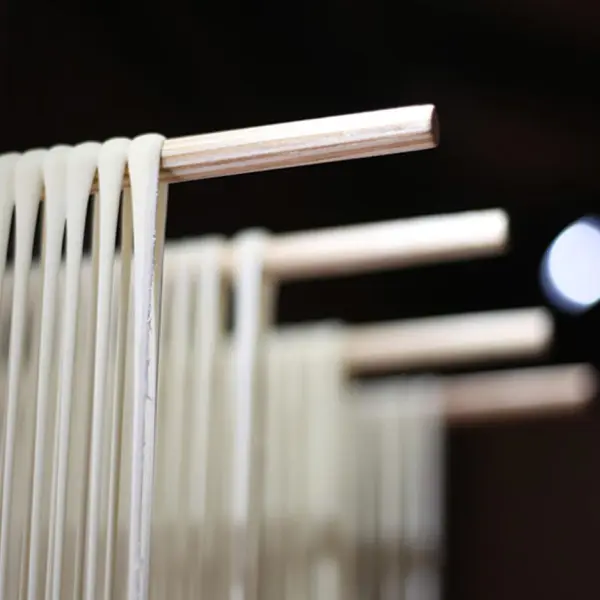 Goto udon: a delicious legacy of Nagasaki's ancient trade routes
Goto udon: a delicious legacy of Nagasaki's ancient trade routes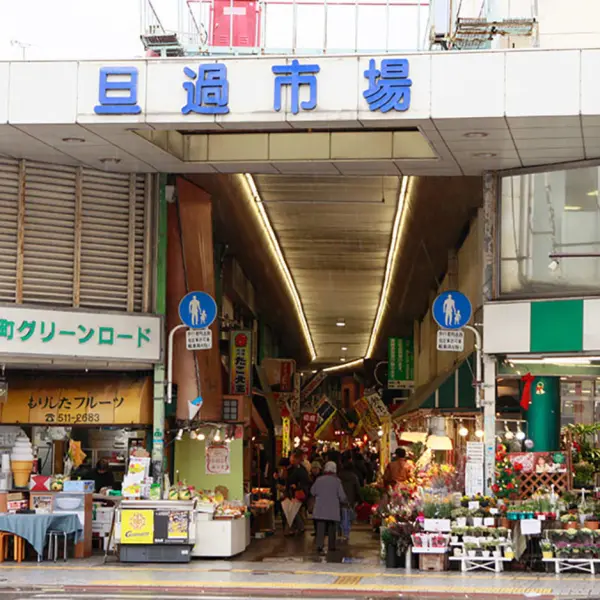 Feast your senses at Fukuoka's bustling fresh food market
Feast your senses at Fukuoka's bustling fresh food market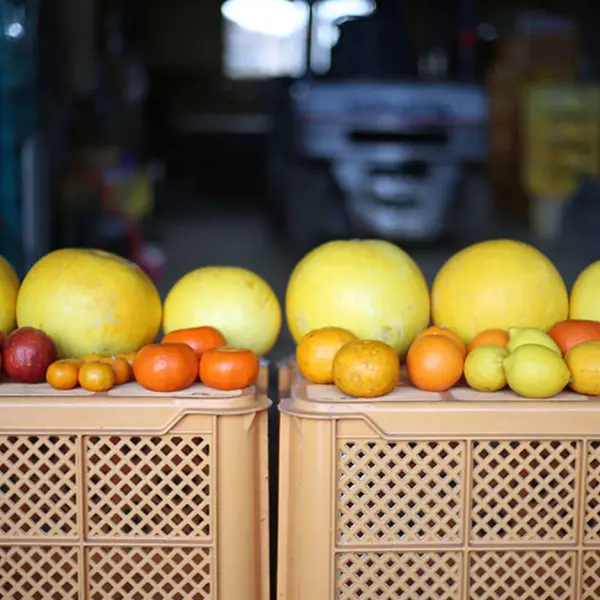 Cultivating the world's largest citrus fruit in Kumamoto
Cultivating the world's largest citrus fruit in Kumamoto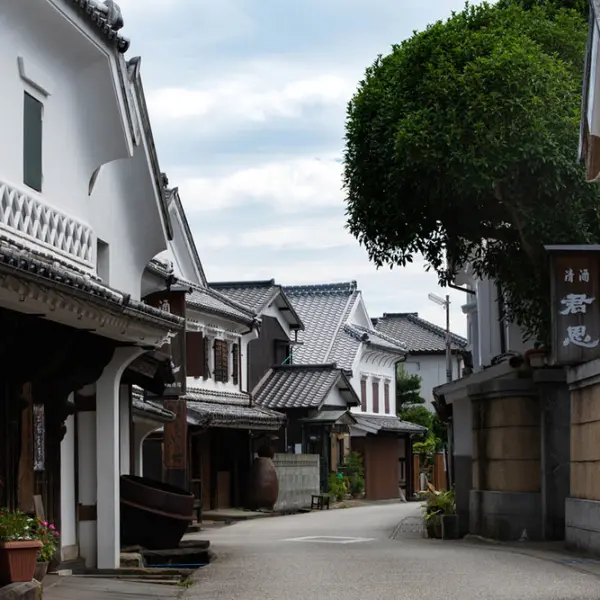 Hizen Hamashuku: Historic breweries that house the world’s best sake
Hizen Hamashuku: Historic breweries that house the world’s best sake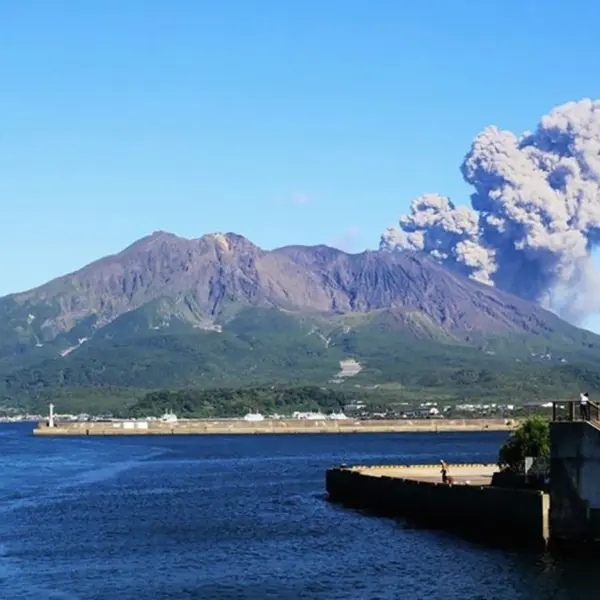 In the shadow of a volcano: the world's largest daikon radishes
In the shadow of a volcano: the world's largest daikon radishes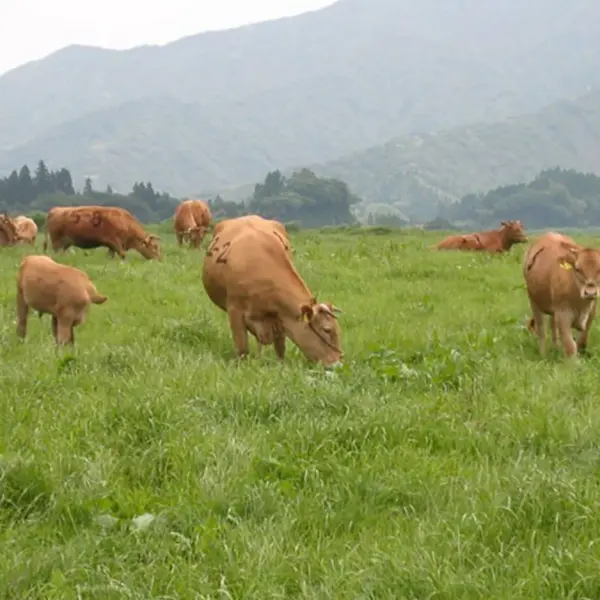 Raising Kumamoto's famed Japanese Brown Cattle
Raising Kumamoto's famed Japanese Brown Cattle




